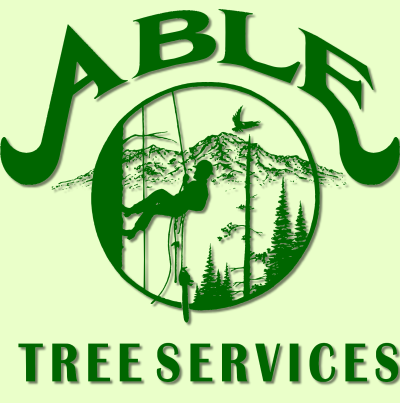Sudden Oak Death Syndrome
Sudden Oak Death Syndrome (SOD) is found almost exclusively in coastal mixed evergreen and oak woodland forests and in the urban-wildland interface where natural vegetation remains. There is now alarming scientific research that indicated it is moving into interior areas of California (Source: Unversity of California Agricultural Extension). The distribution is extensive but patchy. SOD is caused by Phytophthora ramorum, which is a genus of water mold (a group of notorious pathogens that includes one that caused the infamous Irish potato blight in the 19th century). This organism has caused the death of over a million oaks in California coastal areas in less than a decade.
Trees infected with SOD may die within a season or two following their infection. The probable methods of contracting SOD are rain-splash, fog-drip, or by wind blowing the pathogen from a nearby infected plant. Open wounds are not necessary for a tree to contract SOD; the pathogen may invade directly through bark. In fact, plant health predisposition may not even play a major role in the tree's susceptibility to SOD.
Transporting wood, leaves, or soil from affected regions is not recommended since this could spread the infection.
There are different symptoms of SOD, depending on the species of tree. Spotting, tip die-back, along with branch and trunk cankers are some of them. Ambrosia beetles and oak bark beetles are usually associated with infected tan oaks and oak trees. Insecticides may control these beetles but it doesn't prevent SOD.
The fungus kills the phloem, cambium and outer xylem, effectively girdling the plant. Because trees killed by SOD are prone to sudden failure and rapid decay, it is wise to remove any tree that puts people or property in danger. To prevent SOD, avoid pruning plants in wet seasons, such as the winter or spring, and do not remove dead plants from November to April, when soils are still wet. Mud from boots, tires, and equipment may transfer the infection to a new area!
Recent research indicates that some fungicides may prevent SOD
An arborist may have concerns with a tree infected with SOD, including rapid wood decay, wood disposal, dead tree removal, the spread of SOD on vehicles, equipment, boots, and tires, tool disinfection, and considerations for possible therapy and disease prevention.
Alarm regarding the disease has dramatically increased recently after the discovery of SOD infecting coast redwood and Douglas fir trees. Among the list of host plants for SOD are rhododendrons, pacific madrone, big leaf maple, California bay laurel trees, toyon, native huckleberry, California coffeeberry, California buckeye, viburnum, several species of oaks, several more species.
For more information on Sudden Oak Death Syndrome, go to the website www.suddenoakdeath.org which provides the latest updates.
|
|
||
